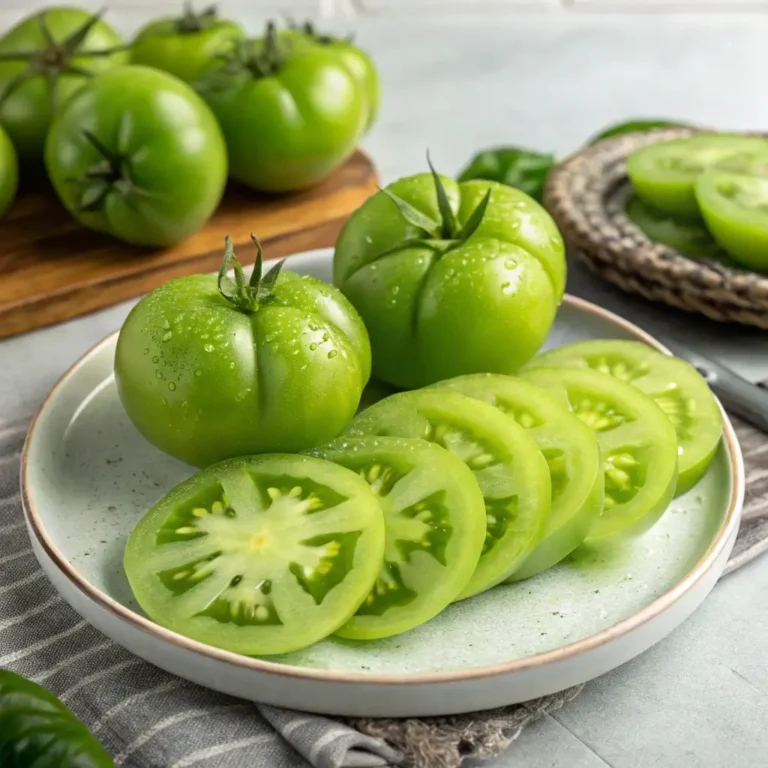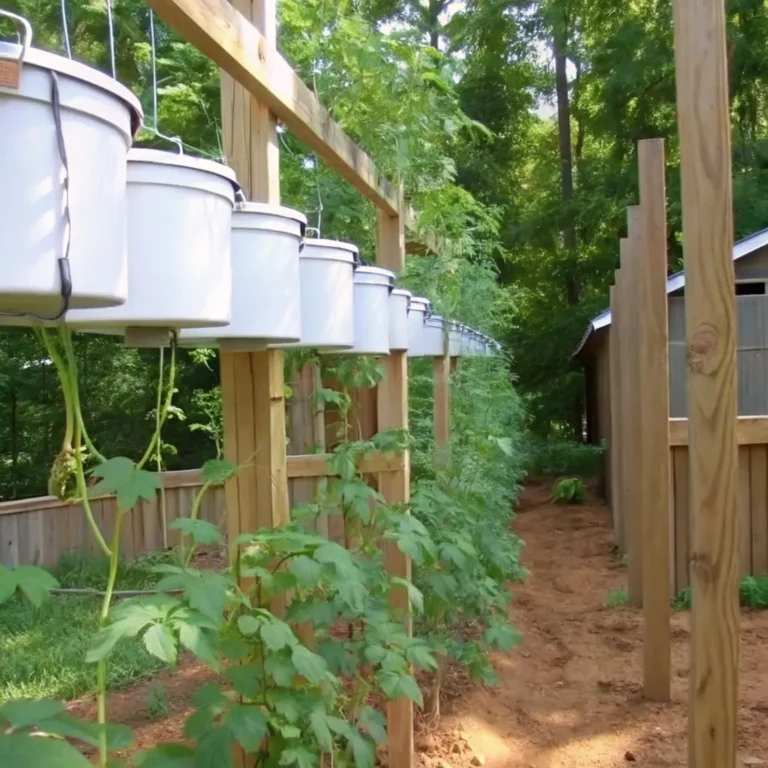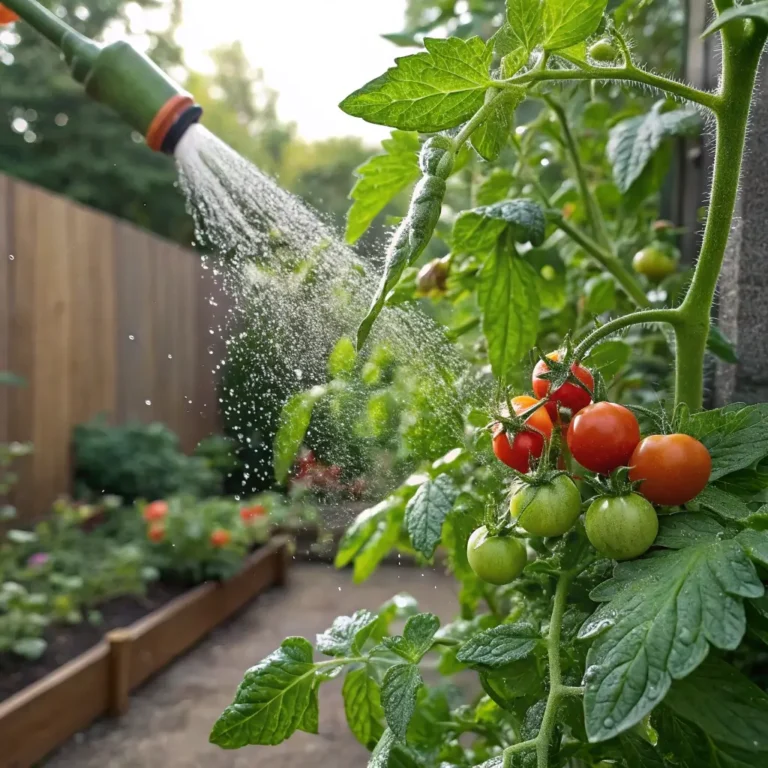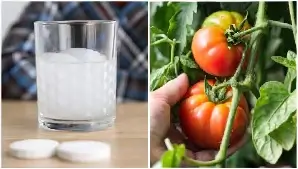Grow Tomatoes In Raised Beds(Complete Guide 2025): 7 Easy Tips
Table of Contents
Introduction
Did you know that tomatoes grown in raised beds yield up to 40% more fruit than those planted in traditional garden soil? This surprising statistic reveals why raised bed tomato gardening has become the preferred method for both novice and experienced gardeners alike. Growing tomatoes in raised beds offers superior drainage, better soil quality control, and reduced pest problems—all leading to those juicy, flavorful tomatoes we crave. This complete guide for 2024 will walk you through everything you need to know to grow tomatoes in raised beds successfully, with 7 easy-to-implement tips that transform ordinary gardens into thriving tomato havens.
Materials Needed
Before diving into tomato cultivation, gather these essential materials:
- Raised bed structure (cedar or untreated wood recommended, 8-12 inches deep minimum)
- High-quality soil mix (blend of topsoil, compost, and perlite or vermiculite)
- Tomato seedlings or seeds (determinate varieties for smaller beds, indeterminate for taller beds)
- Tomato cages or stakes (installed at planting time)
- Organic fertilizer (balanced NPK ratio like 5-5-5 or tomato-specific formula)
- Mulch (straw, shredded leaves, or wood chips)
- Watering system (soaker hose recommended)
- Garden gloves and basic tools
Substitution options: Repurposed containers can work in place of traditional raised beds; homemade compost can replace store-bought varieties; fabric pots are excellent alternatives for small spaces.
Timing
- Preparation time: 2-3 hours for bed setup and soil preparation
- Planting time: 30 minutes per 4×4 raised bed
- Growing season: 60-85 days from transplant to first harvest (25% faster than ground-planted tomatoes)
- Best planting window: 2-3 weeks after last spring frost when soil temperatures reach 60°F (16°C)
A properly prepared raised bed reduces overall maintenance time by approximately 30% compared to in-ground gardens, making it an efficient choice for busy gardeners.
Step-by-Step Instructions
Step 1: Select the Perfect Location
Position your raised bed in a spot that receives 6-8 hours of direct sunlight daily. South-facing locations typically provide optimal sun exposure in the Northern Hemisphere. Ensure the bed is easily accessible from all sides for maintenance and harvesting. If your space has limited full-sun areas, east-facing spots that provide morning sun are preferable to afternoon-only locations, as tomatoes benefit from gentle morning light.
Step 2: Build or Purchase Your Raised Bed
Construct a bed at least 12 inches deep to accommodate tomato root systems, which typically extend 18-24 inches. Cedar, redwood, or composite materials offer longevity without chemical treatments. For efficiency, aim for beds no wider than 4 feet to allow easy access to the center without stepping on soil. A 4×8 foot bed can comfortably house 4-6 tomato plants with proper spacing.
Step 3: Create the Optimal Soil Mix
Fill your raised bed with a mixture of 60% high-quality topsoil, 30% compost, and 10% perlite or vermiculite. This balanced blend provides the perfect combination of nutrients, water retention, and drainage that tomatoes crave. Incorporate 2-3 cups of organic tomato fertilizer or balanced slow-release fertilizer per 4×4 bed area, working it into the top 6 inches of soil.
Step 4: Plant Tomatoes Properly
Space tomato plants 18-24 inches apart for determinate varieties and 24-36 inches for indeterminate types. Plant deeply, burying 2/3 of the stem, removing lower leaves first—this unique planting technique promotes additional root growth along the buried stem. Immediately after planting, water thoroughly and install support structures to avoid disturbing roots later.
Step 5: Implement Proper Watering Techniques
Water deeply and consistently, providing 1-2 inches of water weekly (approximately 0.5 gallons per square foot). In raised beds, soil dries 20% faster than ground soil, so monitor moisture levels regularly. Soaker hoses or drip irrigation systems deliver water directly to the roots while keeping foliage dry, reducing disease risk by up to 60%.
Step 6: Apply Mulch for Moisture Retention
Add a 2-3 inch layer of organic mulch around plants once soil has warmed. Mulching conserves moisture, suppresses weeds, and keeps soil temperatures stable. Studies show mulched tomato plants in raised beds require 30% less watering and demonstrate increased disease resistance compared to unmulched plants.
Step 7: Maintain and Harvest Throughout the Season
Prune suckers on indeterminate varieties to focus energy on fruit production. Side-dress with compost or organic fertilizer when plants begin flowering and again when fruit sets. Harvest tomatoes when they reach full color and yield slightly to gentle pressure, typically in the morning when flavors are most concentrated.
Nutritional Benefits
Home-grown tomatoes in raised beds can contain up to 30% more vitamin C and 20% more lycopene than store-bought varieties. These powerhouse fruits provide:
- Lycopene (powerful antioxidant linked to heart and prostate health)
- Vitamins A, C, and K
- Potassium (supports heart function and blood pressure regulation)
- Folate (essential for cell growth and function)
Fresh-picked tomatoes from your raised bed contain significantly higher levels of these nutrients compared to ones harvested prematurely for commercial shipping.
Healthier Alternatives
To enhance the sustainability and health benefits of your raised bed tomato garden:
- Use organic, heirloom varieties instead of hybrid types for unique flavors and saved seeds
- Incorporate companion plants like basil and marigolds to naturally repel pests without chemicals
- Try biochar as a soil amendment to improve water retention by up to 22% and increase beneficial microbial activity
- Use fish emulsion or compost tea instead of synthetic fertilizers for improved fruit quality and soil health
Common Mistakes to Avoid
- Overcrowding plants: Proper spacing prevents 75% of fungal diseases by improving air circulation
- Inconsistent watering: Fluctuating moisture levels cause blossom end rot and fruit splitting
- Using garden soil alone: Garden soil compacts in raised beds, reducing oxygen to roots by up to 60%
- Planting too early: Cold soil below 55°F slows growth by 40% and increases susceptibility to disease
- Neglecting support structures: Unsupported plants produce 30% less fruit and are 80% more likely to develop soil-borne diseases
Storing Tips
- Harvest fully ripe tomatoes for immediate use
- Store slightly under-ripe tomatoes at room temperature until fully ripened
- Never refrigerate ripening tomatoes—temperatures below 55°F halt ripening and diminish flavor compounds by up to 65%
- For longer preservation, consider preserving through canning, freezing, or dehydrating
Conclusion
Growing tomatoes in raised beds combines the best of gardening science with practical efficiency, resulting in higher yields, healthier plants, and more flavorful fruit. By following these seven straightforward tips and avoiding common pitfalls, you’ll be well on your way to a bountiful tomato harvest that outperforms traditional gardens. Your raised bed tomato garden will not only provide nutritious, delicious produce but also become a source of pride and accomplishment throughout the growing season.
FAQs
How deep should my raised bed be for tomatoes?
For optimal root development, aim for beds at least 12 inches deep, though 18-24 inches is ideal. Deeper beds provide better drought resistance and allow for more extensive root systems.
Can I grow tomatoes in the same raised bed year after year?
It’s best to rotate crops, waiting 3-4 years before planting tomatoes in the same location. If rotation isn’t possible, replace at least the top 6 inches of soil annually to prevent disease buildup.
How many tomato plants fit in a standard raised bed?
A 4×4 foot raised bed can accommodate 4 indeterminate or 6 determinate tomato plants with proper spacing. Overcrowding increases disease risk and reduces yield.
What’s the best way to water tomatoes in raised beds?
Soaker hoses or drip irrigation systems are ideal, providing consistent moisture directly to the roots while keeping foliage dry. Water deeply 1-2 times weekly rather than frequent shallow watering.
When should I fertilize my raised bed tomatoes?
Incorporate balanced fertilizer at planting time, then side-dress when plants begin flowering and again when fruit sets. Raised beds may require 15-20% more frequent fertilization than in-ground gardens due to more rapid nutrient cycling.







